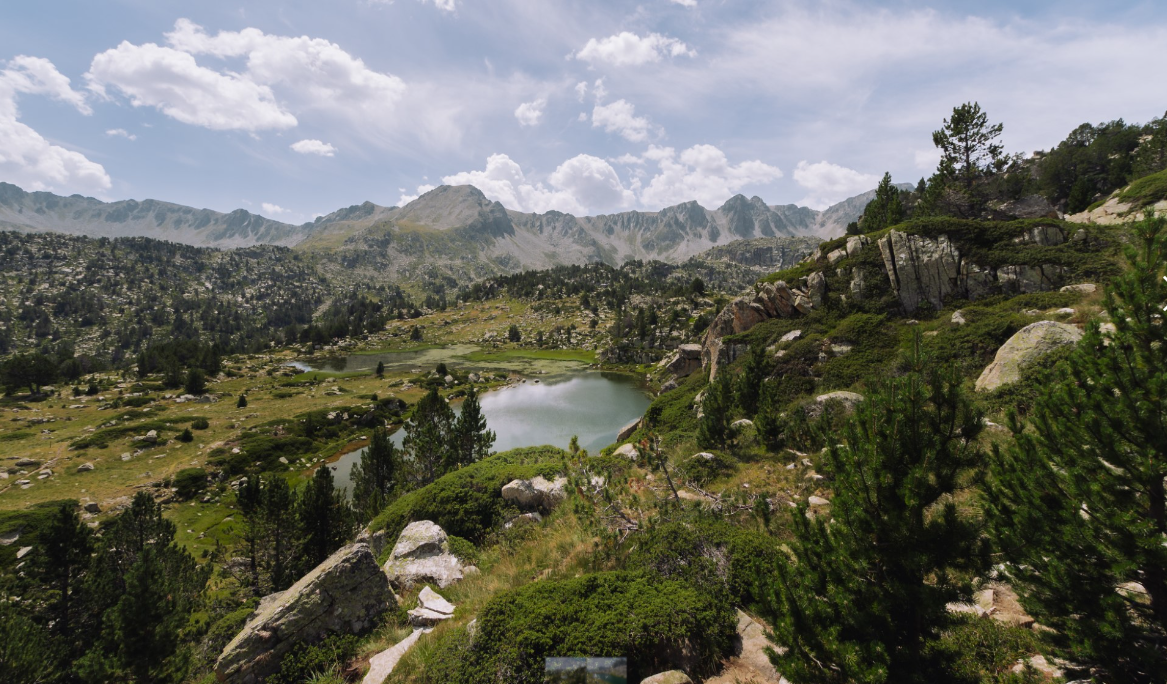According to a study published yesterday in the Nature Climate Change journal, the capacity of terrestrial ecosystems to absorb carbon dioxide (CO2) increased between 1994 and 2014. The study highlights the need to protect tropical forests, as their carbon sequestration rate has risen more than that of any other type of forest over the last few years.
Recently, terrestrial ecosystems have been absorbing 15-30% of CO2 emissions caused by human activity. An international team of ecologists has confirmed, based on a study of the entire planet and all types of terrestrial habitats for the first time, that carbon sequestration capacity has been rising over the last two decades. “ Carbon dioxide fuels photosynthesis, so the more of it there is in the atmosphere, the more active plants are and the more of it they absorb”, explains University of Antwerp and CREAF researcher Marcos Fernández-Martínez. The study has also found that the warmer the climate is, the less CO2 ecosystems absorb on a worldwide scale; and that tropical forests are the regions whose capacity for sequestering atmospheric carbon has increased the most, making them vital to mitigating climate change.

“Carbon dioxide fuels photosynthesis, so the more of it there is in the atmosphere, the more active plants are and the more of it they absorb”
MARCOS FERNÁNDEZ-MARTÍNEZ, investigador de la Universitat d’Anvers i col·laborador del CREAF.
The models used study Earth's surface pixel by pixel and analyse how the planet's capacity to retain CO2 has changed over the last two decades.
To obtain their results, the researchers used two atmospheric inversion models (MACC-II and Jena CarboScope) and 10 dynamic global vegetation models (TRENDY) to study Earth’s surface pixel by pixel (previous research had looked at just forest areas) and analyse how the planet’s capacity to retain CO2 changed between 1994 and 2014. In the light of their findings, Fernández-Martínez warns that “we still don’t how long the fertilizing effect of the increase in atmospheric CO2 will last, but we think carbon sink saturation will happen sooner rather than later,possibly in the next few years, because rising temperatures are counteracting it more and more”.
Referenced article
Fernández-Martínez, M., Sardans, J., Chevallier, F., Ciais, P., Obersteiner, M., Vicca, S., Canadell, J.G., Bastos, A., Friedlingstein, P., Sitch, S., Piao, S.L., Janssens, I.A., Peñuelas, J. Global trends in carbon sinks and their relationships with CO2 and temperature. Nature Climate Change. http://dx.doi.org/10.1038/s41558-018-0367-7







